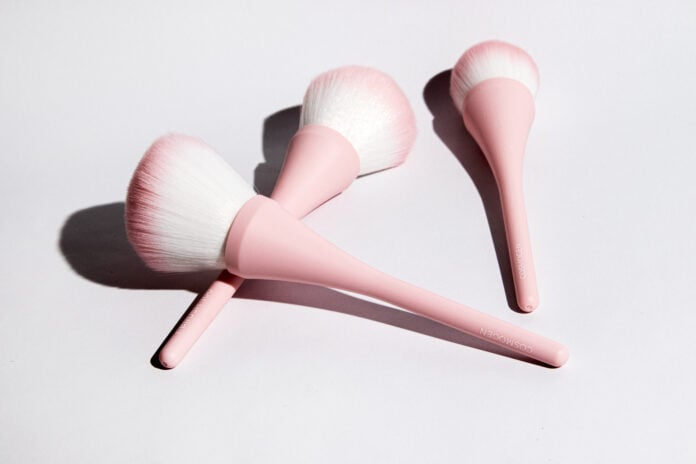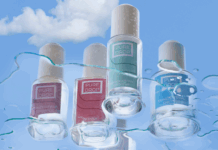Have you read the paper version of issue 46 of Industries Cosmétiques magazine and want to know more? Here's an exclusive supplement!
![[ZOOM IC46 - web complement] 3 questions to Maud Lelièvre 1 site-industries-cosmetiques A woman with straight, light brown hair and clear eyes smiles at the camera. She's wearing a white floral blouse, while the slightly blurred background adds a soft touch of auto-draught to the image.](https://www.industries-cosmetiques.fr/wp-content/uploads/2025/06/COSMOGEN-Maud-Lelievre-Communication-Marketing-Manager-694x1024.jpg)
Are Cosmogen's new products evolving towards a minimalist design?
The ecodesign and minimalist design approach really gathered pace when Priscille Allais, CEO of Cosmogen since 2019. She was particularly attentive to the teams who were convinced of the need to address the issue of sustainability. In addition to common sense and responsibility, regulations are gradually imposing this minimalism. Cosmogen prefers to anticipate this.
What can minimalist products contribute to an eco-responsible approach?
Adopting a minimalist approach means saving materials and reducing the number of parts needed for manufacturing, thereby reducing the number of industrial operations. While some of these operations may require greater attention to detail, the overall impact remains positive: fewer resources consumed, less energy spent on production and assembly, and ultimately, a lighter environmental footprint. It's a synergy in which simplicity of design makes a tangible contribution to sustainability. Our R-Brush 100, a ferrule-free brush made from 100 % RPET, is a case in point. The reduction in its carbon footprint has been measured against that of a traditional brush. Another example: for Cosmo Gloss, we have replaced the flocked applicator (historically made up of tip material, glue and fibers) with a single micro-textured material.
Does this development have technical and production repercussions?
The move towards minimalist products means rethinking the use, design and production of a product as a whole, including, for example, new molds or the sourcing of new materials, but also tests of efficiency, solidity and so on. It's a process of transformation and innovation, with more and more factors to consider, including perceived quality, intrinsic to luxury.
Interview by Yaël Zajac








